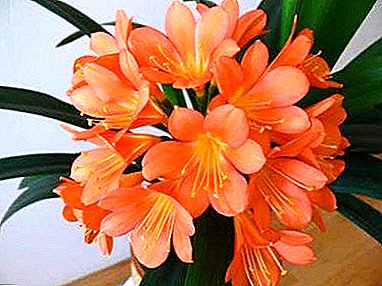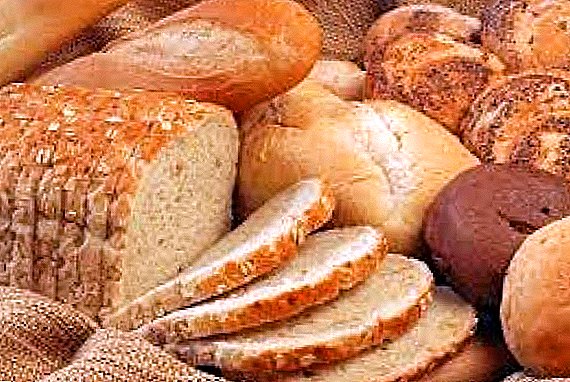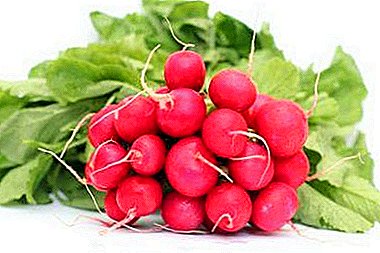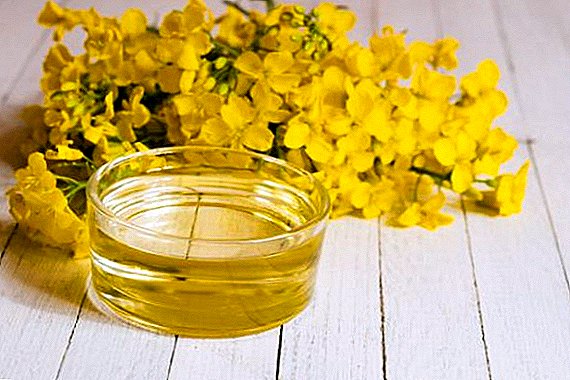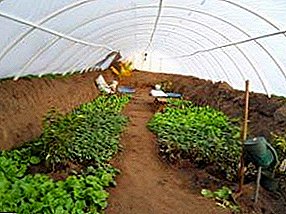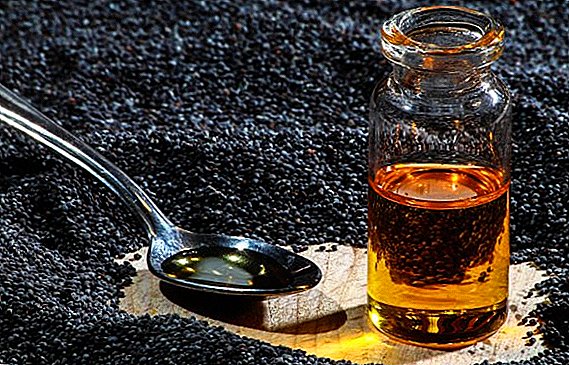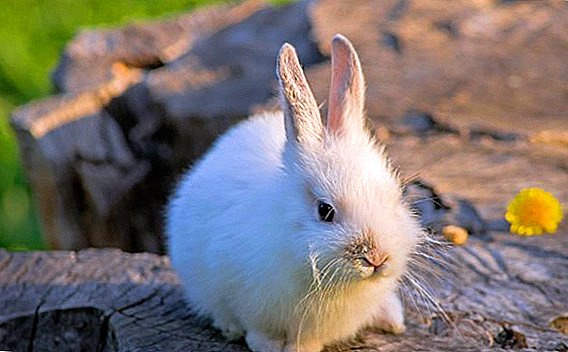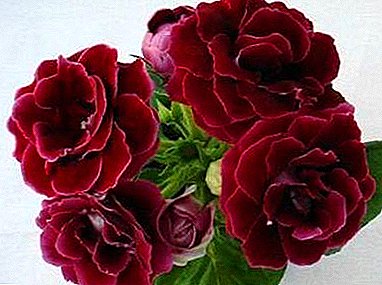
Gloxinia Esenia among a large number of indoor plants is one of the first places. This terry flower attracts both beginners and experienced flower growers with its appearance. In appearance, it resembles a diminished rose.
The inflorescences of this plant have the shape of a bell, which gives the flower a certain charm. This tropical light-loving beauty, settled on your windowsill, will delight you with its deep rich color and huge bright colors. Gloxinia Yesenia is the perfect decoration for any interior.
Botanical description and history
Gloxinia, also called synningia, refers to perennial herbaceous plants of the Gesneria family, which have a root system in the form of a tuber. Its habitat is the deciduous forests of Central and South America.
The history of the emergence of this plant begins with the discovery and development of new lands, when the ship physician Gloxin, who was a good biologist, was on the team of navigators. In addition to healing, his task was to describe unknown plants and animals. In America, he saw this beautiful flower, described it and made a drawing. Later he received the name of his discoverer.
Description of appearance, features and photos
Yesenia is a Dutch gloxinia hybrid (useful information about the hybrid gloxia you can find here). The bush of this plant is standard, compact. The outer side of the leaves is velvety.
Its large flowers consist of a set of double petals and are vaguely similar to a rose. They have a crimson or maroon-black amazingly deep shade. With full disclosure on the petals appears light rim. The peculiarity of Jesenia gloxinia consists in the long bouquet blooming.
It is noted that this plant helps relieve fatigue and tension in people who have been doing monotonous mental or physical work for a long time.
Below you will see a photo of Jesenia Gloxinia:


Where and how to plant it?
Gloxinia can be planted tubers. If there are shoots on the surface of the tuber, they should be transplanted into small plastic or clay pots.
Important! Before planting, you need to inspect the tubers and cut off the damaged parts and threads of the roots. These places are covered with charcoal.
Lighting and location
Gloxinia is a light-loving plant, but it must be protected from direct sunlight. The place is chosen depending on the climatic zone and season. In summer, the flower will feel good on the windowsill, whose window faces west or east, in spring - on the south.
If the pot will always stand on the north side, then, most likely, the plant:
- growth will slow down;
- elongated shoots;
- leaves will fade;
- Flowers can not appear at all.
Therefore, we need additional lighting with special lamps for lighting.
Soil requirements
 Ready substrate can be purchased at the store or cook yourself. To do this, take and mix 2 parts of turf soil and peat, as well as 1 part:
Ready substrate can be purchased at the store or cook yourself. To do this, take and mix 2 parts of turf soil and peat, as well as 1 part:
- leafy humus;
- river sand;
- sheet soil.
You must have a drainage layer, as which you can use expanded clay or fine sand. Each season, the soil needs to be changed, because by the end of the season a large amount of salt accumulates in it, which is unacceptable for this flower.
How to care?
Although Gloxinia Yesenia loves water, it is recommended to water it through a pan in order not to pour it on the leaves and flowers. The flower is watered 2 days after the topsoil dries. The water should be slightly warmer than room temperature, the cool negative effect on the buds and their flowering.
In late September, Gloxinia Yesenia is preparing to rest. At this time, you need to water once a month. Within 30 days, that part of the plant that is above the ground dies. After that, for 4 months the flower is placed in a cool place with a temperature of 10-12 ° C. You can remove the tuber, hide it in sawdust or moss and leave it there until February. Then put in a fresh, moist ground, raise the temperature and start watering little by little.
There is enough nutrients in fresh soil, but over time, supplemental feeding with complex preparations is necessary.intended for violets, which contain enough potassium, phosphorus and little nitrogen. Fertilizers are applied every 7 days. They need to be diluted with water. The concentration of feeding should be done 2-3 times less than recommended on the package.
In the active period of the development of globynia Jesenia, the best daytime temperature is considered to be + 20- + 22 ° С, and nighttime - + 18 ° С.
Attention! Gloxinia Esenia at any time of year does not tolerate temperature drops and drafts.
Common diseases and pests
Basically, the plant begins to hurt due to improper care. Excessive watering leads to decay of the root system. With the fungal disease Fusarium, the flower becomes infected through the soil, and already rapid development occurs as a result of:
 high humidity;
high humidity;- irregular watering;
- nutritional deficiencies.
The leaves of the plant wither, curl and turn brown.
Another common disease is gray rot, affecting all parts of gloxinia. It darkens the stem, a gray bloom appears on the leaves, and then watery dark brown spots. Gray rot develops with intensive waterlogging of the soil.
Causes of powdery mildew on the plant:
- high humidity;
- low air temperature;
- non-compliance with irrigation;
- excess nitrogen in the soil.
In this disease, the whole plant is covered with white bloom. Buds and leaves already appear deformed.
Another common diseases of gloxinia Esenia include late blightin which, if not to take action, the flower will quickly die. Sick plant:
- stops growing;
- withering;
- covered with dark spots.
Found on the inner side of the leaves of gloxinia and rust fungi, which appear to be bubbles of different colors. Then the upper surface is covered with yellow spots.
In addition to diseases, the plant is at risk from some pests. They may be:
- different tongs;
- aphid;
- mushroom mosquito;
- mealybugs;
- thrips;
- poduras;
- nematodes.
Breeding features
You can multiply Gloxinia Jesenia:
- leaf cutting and its part;
- seeds;
- division of the tuber.
 After the flower ottsvetet you can try to get a young plant using the method of leaf propagation. It is the simplest and most common. With a sharp knife cut a sheet with a handle of medium size. It must be put in the separated water so that it gives roots.
After the flower ottsvetet you can try to get a young plant using the method of leaf propagation. It is the simplest and most common. With a sharp knife cut a sheet with a handle of medium size. It must be put in the separated water so that it gives roots.
Or plant a cutting in a pot of fertile soil, leaving a leaf outside. Then pour and cover with a glass jar or polyethylene, which must be removed after the leaf appears young shoots. It will take 1.5-2 months.
The method of reproduction by parts of the sheet consists in cutting it along the line of veins into 2 parts. From the bottom of the sheet, leave a two centimeter cutting and plant it in a pot with fertile soil. The process of engraftment will be more reliable if you cover it with a glass on top.
Reproduction tubers carried out after wintering. The tuber is divided so that the parts have a sprout. Pot for planting is taken with a diameter of not more than 15 cm. The temperature in the room where it will be should not be less than +20 ° C.
Gloxinia seeds are sown at the end of winter. They are laid out on moist soil, covered with foil and put in heat. Every day half an hour air. As soon as sprouts appear, they are opened and transferred to a bright place. After the appearance of 2-3 leaves, dock. After six months, the plant will bloom.
Similar flowers
Gloxinia Esenia refers to terry varieties. There are many similar species of this flower, having a different name, respectively. They resemble each other in highly decorative, massive flowering and form that resembles a gramophone. All of them:
- elegant;
- lush;
- remind a gentle velvet.
One of them is gorgeous gloxinia Hollywood, blooming with light or dark purple flowers. The deep neck of the flower has a lemon shade and contrasting purple dots.
Gloxinia Starry night is distinguished by large dark buds with blue-violet petals. Calyx at the flower is light with a lighted border. On it in a tone specks settle down.
On large gloxinia buds Lilac fog has a marble pattern. The plant blooms with white terry flowers with purple and lilac speckles. This flower is peculiar saturation, turning into a dark cup.
Gloxinia Madame Margaret has very beautiful bright crimson-red flowers. Their leaves are framed by a wavy border of white color. There are instances in which there is no border.
Gentle gloxinia variety Glamor also forms a compact bush and double flowers, the petals of which are white with red-pink drops. At their base, a yellow calyx with a barely visible speck forms. In the middle of the petals on the buds sometimes there are long scarlet streaks.
Gloxinia Esenia is popular deserved. To many, she fell in love with her beauty and great smell. This flower will be a great acquisition for the home.


 high humidity;
high humidity;